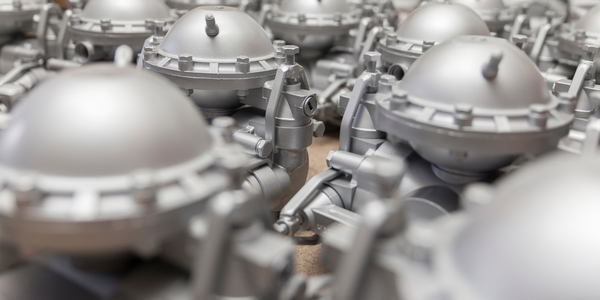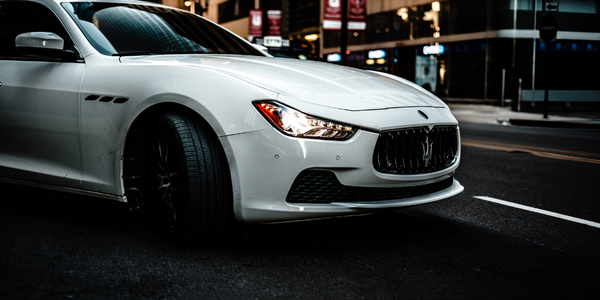Technology Category
- Drones - VTOL & VTOL Hybrid Drones
- Functional Applications - Manufacturing Execution Systems (MES)
Applicable Industries
- Automotive
Applicable Functions
- Product Research & Development
- Quality Assurance
Use Cases
- Additive Manufacturing
- Manufacturing Process Simulation
About The Customer
AAM is a Tier-One global automotive supplier of driveline and drivetrain systems for light trucks, SUVs, passenger cars, crossover vehicles, and commercial vehicles. The company is based in Detroit, Michigan, and has offices in 13 different countries. AAM specializes in the design and manufacturing of axles, chassis modules, driveshafts, transmission parts, and metal-formed products. The company was an early adopter of Inspire and has used it on multiple projects over the years. AAM is currently using Inspire to generate concepts for many of its designs and plans to continue to use Inspire to assist with its structural designs to not only reduce mass but also increase part stiffness.
The Challenge
AAM, a global automotive supplier of driveline and drivetrain systems, was faced with the challenge of redesigning an automotive carrier with less weight and material usage than the original. The company, based in Detroit, Michigan, with offices in 13 different countries, specializes in the design and manufacturing of axles, chassis modules, driveshafts, transmission parts, and metal-formed products. The challenge was to create a lightweight design that would not only improve performance but also increase efficiency and fuel economy, which are particularly important in the automotive market.
The Solution
AAM incorporated solidThinking Inspire into their design process to generate the optimal design for the redesigned carrier. The process began with the creation of a basic design space in CAD, which represented the maximum volume that the redesigned carrier could occupy. Following this, all the loading conditions were applied. Using Inspire, vertical beaming and gear forward and reverse loading conditions were applied, as well as manufacturing constraints. Inspire then generated the ideal shape for the new part, leading to the creation of an optimized ribbing design for the part. Structural components were optimized for bending and deflection performance. After further testing, interpretation, and validation of the new design, AAM determined that the new design was 20% lighter than the original.
Operational Impact
Quantitative Benefit

Case Study missing?
Start adding your own!
Register with your work email and create a new case study profile for your business.
Related Case Studies.

Case Study
Integral Plant Maintenance
Mercedes-Benz and his partner GAZ chose Siemens to be its maintenance partner at a new engine plant in Yaroslavl, Russia. The new plant offers a capacity to manufacture diesel engines for the Russian market, for locally produced Sprinter Classic. In addition to engines for the local market, the Yaroslavl plant will also produce spare parts. Mercedes-Benz Russia and his partner needed a service partner in order to ensure the operation of these lines in a maintenance partnership arrangement. The challenges included coordinating the entire maintenance management operation, in particular inspections, corrective and predictive maintenance activities, and the optimizing spare parts management. Siemens developed a customized maintenance solution that includes all electronic and mechanical maintenance activities (Integral Plant Maintenance).

Case Study
Monitoring of Pressure Pumps in Automotive Industry
A large German/American producer of auto parts uses high-pressure pumps to deburr machined parts as a part of its production and quality check process. They decided to monitor these pumps to make sure they work properly and that they can see any indications leading to a potential failure before it affects their process.







